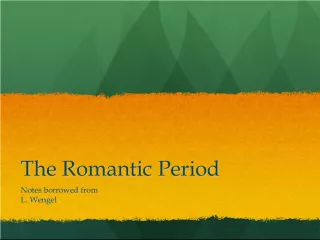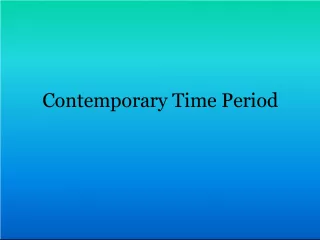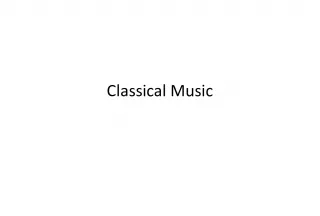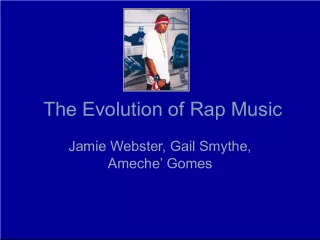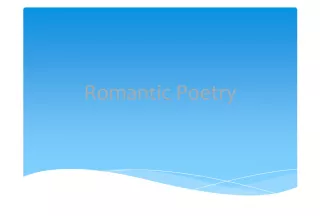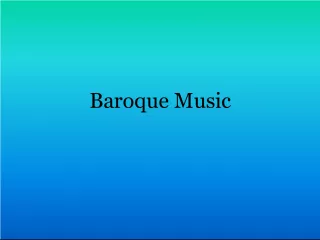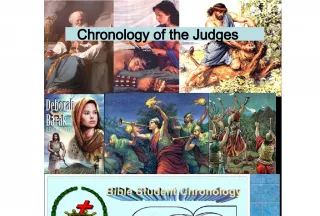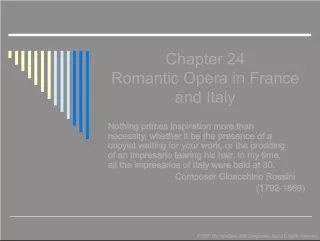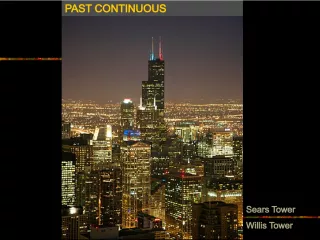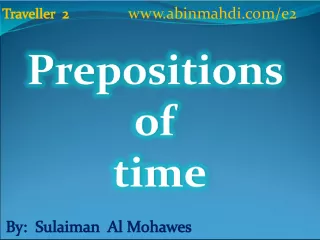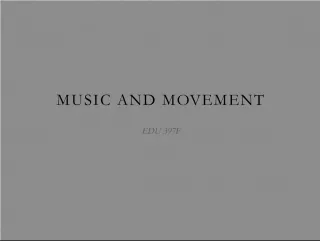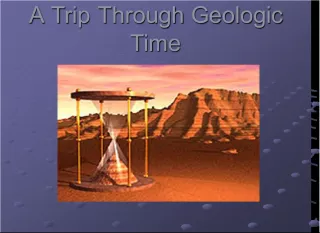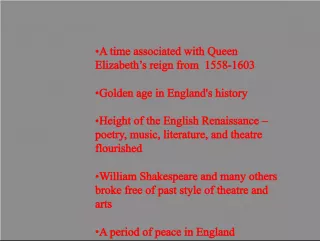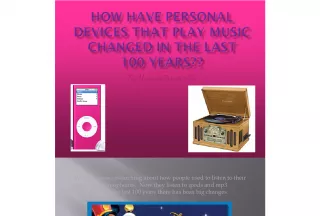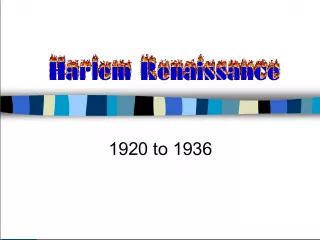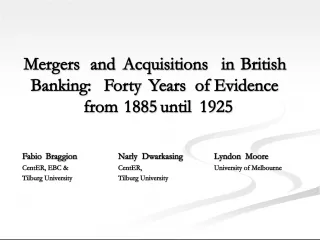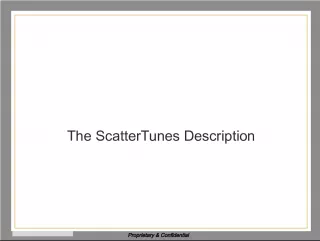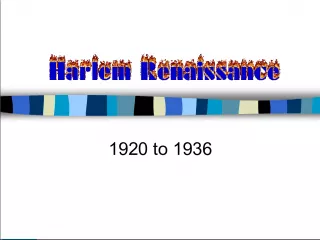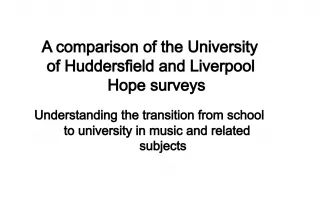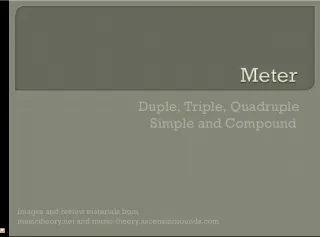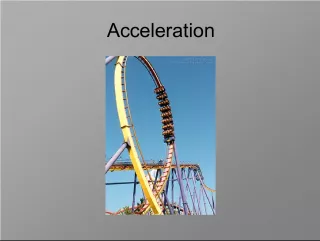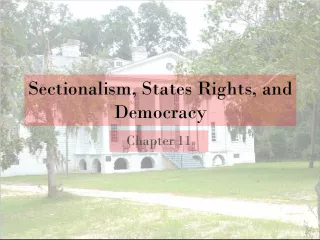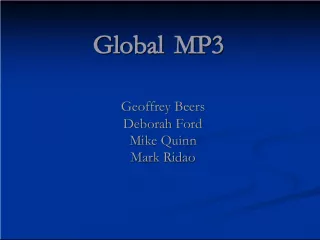Exploring Romantic Time Period Music
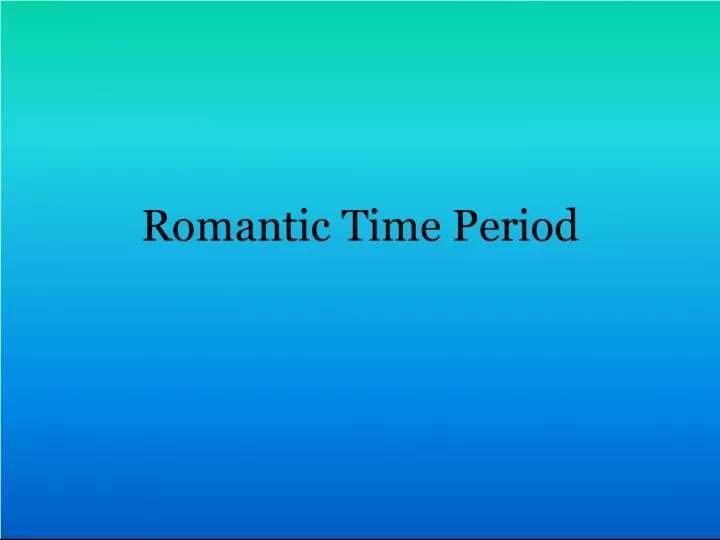

Romanticism was a cultural movement that arose in Europe during the late 18th century, and continued throughout the 19th century. Romantic music is the term that is used to describe
- Uploaded on | 0 Views
-
 derrick
derrick
About Exploring Romantic Time Period Music
PowerPoint presentation about 'Exploring Romantic Time Period Music'. This presentation describes the topic on Romanticism was a cultural movement that arose in Europe during the late 18th century, and continued throughout the 19th century. Romantic music is the term that is used to describe. The key topics included in this slideshow are . Download this presentation absolutely free.
Presentation Transcript
Slide1Romantic Time Period
Slide2Time Period• Around 1800 to 1900 • Romantic music is the word used to describe a particular period, theory, and compositional style during that time period
Slide3Romanticism• Like Baroque and Classicism, romanticism is related to literature, visual arts, and philosophy. However the time period of Romanticism and Romantic Time Period music do not line up. • The Romantic movement believed that truth could not be defined. Instead, inescapable realities in the world could only be through emotion, feeling, and intuition. • Romantic music struggled to increase emotional expression and power to describe these truths, through expanding formal structures from the Classical time period.
Slide4Characteristics• Romantic music describes the expansion of formal structures within a composition – making the piece more passionate and expressive • The expansion of form within a composition made it easier to identify the artist based on the work (for example: Beethoven often used a smooth transition between the 3 rd and 4 th movement in his symphonies).
Slide5Romantic Characteristics• A freedom in form and design • More intense personal expression of emotion • Emphasis on lyrical, songlike melodies • Richer harmonies and chromatic chords (dissonance and modulations) • Thicker textures and bolder dramatic contrasts • Expansion of the orchestra • Use of programme music • Recurring themes in a large piece of music • Great technical virtuousity • Nationalism
Slide6Famous Composers• Beethoven • Chopin • Schumann • Schubert • Wagner • Liszt • Tchaikovsky • Mahler • Berlioz • Mendelssohn • Mussorgsky • Rimsky-Korsakov
